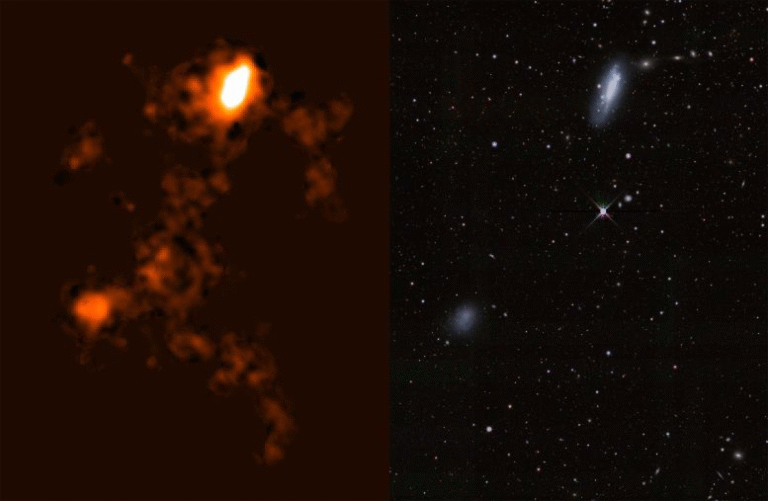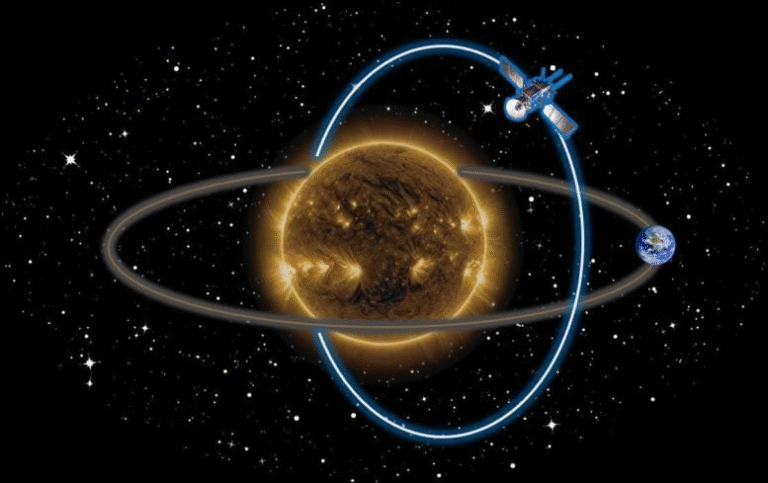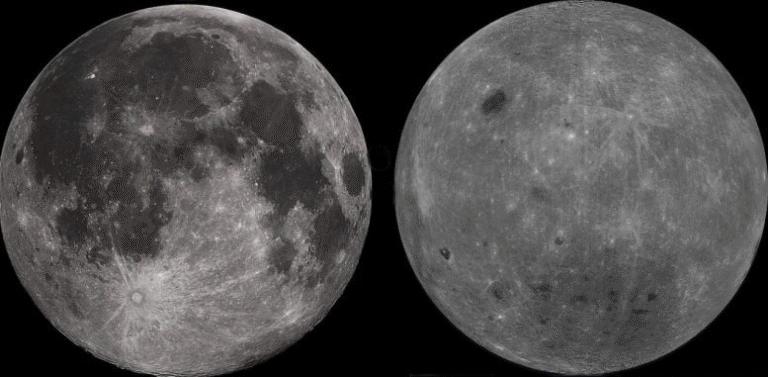ESA’s Twin HydroGNSS Satellites Prepare for Launch to Study Earth’s Water Cycle

The European Space Agency is getting ready to send its first Scout mission, a pair of small but powerful HydroGNSS satellites, into orbit this month. These identical microsatellites have already arrived at Vandenberg Space Force Base in California, where they completed their final rounds of checks — including testing, propellant loading, battery charging, and integration with their launch adapter — before being sealed inside the rocket fairing. They’ll ride into space on a SpaceX Falcon 9 as part of the Transporter-15 mission, sharing the flight with several other small satellites.
HydroGNSS is a two-satellite mission designed to observe key climate-related variables linked to Earth’s water cycle. What makes it stand out is that it uses a clever measurement approach called Global Navigation Satellite System (GNSS) reflectometry, which relies on signals transmitted by navigation satellites like GPS and Galileo. These signals bounce off Earth’s surface — land, water, ice, forests — and reflect back into space. When HydroGNSS compares the reflected signals to the direct signals, it can extract valuable information about what’s happening on the ground.
Each HydroGNSS satellite will orbit Earth 180 degrees apart, a setup that significantly boosts global coverage. The mission focuses on four major climate-related variables: soil moisture, the freeze–thaw cycle over permafrost, inundation and wetlands, and above-ground biomass. All four are considered Essential Climate Variables or are closely related to them, making the data especially useful for better understanding Earth’s changing environment.
These measurements matter for practical reasons too. Tracking soil moisture is important for agriculture and drought monitoring. Observations of the freeze–thaw cycle help scientists understand changes in permafrost, which directly affects carbon release in the Arctic. Monitoring wetlands and inundation improves flood modeling and ecosystem research. And mapping biomass contributes to global carbon-cycle studies and forest management.
HydroGNSS joins an established group of Earth-observation missions by providing complementary data. It is designed to work alongside missions like ESA’s SMOS and Biomass, the Copernicus Sentinel-1 satellites, and NASA’s SMAP mission. While those missions use other sensing technologies, HydroGNSS brings the advantages of GNSS reflectometry, which can offer more frequent revisits and all-weather observations using signals already broadcast by navigation satellites.
As ESA’s first Scout mission, HydroGNSS is part of the Earth Observation FutureEO program, which aims to produce fast, cost-efficient missions that push technology forward. The Scout initiative embraces the New Space philosophy: small teams, tight timelines, and innovation through miniaturized, agile spacecraft. Every Scout mission must go from kick-off to launch in three years or less, and stay under a total budget of €35 million, covering everything from development to commissioning. HydroGNSS met those targets, thanks to the work of ESA’s team and the mission’s prime contractor, Surrey Satellite Technology Ltd (SSTL) in the UK.
Once in orbit, the satellites will begin collecting data that will eventually be made available to the scientific community. Scientists hope this mission will fill key data gaps and help improve climate modeling, agricultural forecasting, flood prediction, wetland mapping, and global biomass estimation.
Below is a breakdown of the key scientific areas HydroGNSS will explore, along with some additional background information on each topic.
Understanding Soil Moisture
Soil moisture is the amount of water stored in the upper layers of soil. It affects plant growth, weather patterns, drought conditions, and even how heat is exchanged between Earth’s surface and the atmosphere. Traditional soil-moisture measurements require ground stations or large radar satellites. HydroGNSS offers a more flexible and frequent way to track this variable using reflected GNSS signals. This could support applications from crop monitoring to drought early-warning systems.
Tracking Freeze–Thaw Over Permafrost
Permafrost regions are warming rapidly, and the shift between frozen and thawed states directly influences greenhouse-gas release. As permafrost thaws, previously frozen organic matter becomes exposed and decomposes, releasing carbon dioxide and methane. HydroGNSS’s ability to sense freeze–thaw cycles from space will help researchers better understand these transitions. This adds to existing datasets from missions like SMAP, which also measures freeze–thaw but with different techniques.
Mapping Wetlands and Inundation
Wetlands are among the most valuable ecosystems on Earth, storing carbon, filtering water, and supporting biodiversity. However, they can be difficult to monitor because they change seasonally and are often located in remote or cloud-covered regions. GNSS reflectometry works in all weather conditions, giving HydroGNSS an advantage in continuously tracking wetland extent and flooded areas. This information is useful not just for climate research but also for disaster-risk reduction, especially in monsoon-prone and coastal regions.
Measuring Above-Ground Biomass
Above-ground biomass includes the living plant material — mostly trees — that stores carbon. Tracking biomass helps scientists understand how much carbon forests absorb or release. While ESA’s upcoming Biomass mission will use advanced radar to measure forest structure, HydroGNSS provides a complementary technique that can help cross-validate results and improve the reliability of biomass mapping on a global scale.
How GNSS Reflectometry Works
GNSS reflectometry (GNSS-R) is a growing technique in Earth observation. Instead of generating its own signals like a radar satellite, a GNSS-R satellite receives signals originally transmitted by existing navigation satellites. Because HydroGNSS is listening to reflections, it can use a lightweight, low-power receiver. This makes the mission cheaper and faster to build.
GNSS-R has already been tested in earlier missions, including NASA’s CYGNSS constellation and the UK’s TechDemoSat-1, but HydroGNSS is ESA’s first dedicated operational effort to use this method for climate monitoring.
The Role of ESA’s Scout Missions
The Scout program was created to deliver fast, innovative science missions without the long development cycles of traditional satellites. It is designed to test new ideas and accelerate technological progress. HydroGNSS demonstrates how smaller missions can still deliver high-impact climate data. If Scout missions prove successful, ESA may expand the concept into future small-satellite constellations.
What Happens Next
The next major step for HydroGNSS is the closing of the rocket fairing, followed by its scheduled launch this month. After reaching orbit, the mission will undergo commissioning, and then begin operations. The resulting data — covering soil moisture, permafrost freeze–thaw, inundation, and biomass — will be distributed to researchers and used to enhance our understanding of Earth’s changing water cycle.
HydroGNSS represents a significant step forward in agile, climate-focused satellite missions. With its innovative use of navigation-satellite signals and its emphasis on speed, cost-efficiency, and scientific value, it sets the tone for a new generation of small but powerful Earth-observation missions.





